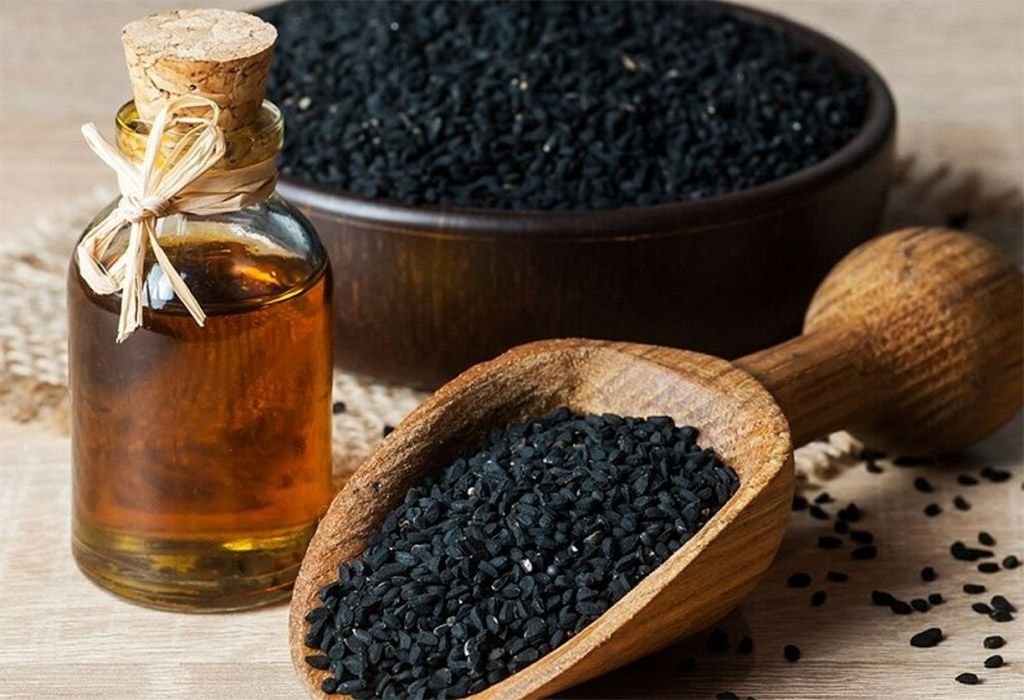Ancient Miracle, Modern Uncertainty: Black Seed's 3,000-Year Promise
Black seed (Nigella sativa), also known as kalonji or black cumin, is a plant with a long history and a wide range of therapeutic properties, used for more than 3,000 years in traditional medicine across the Middle East, Asia, the Mediterranean, and Ancient Egypt. It is mentioned in ancient texts of major religions—the Bible, the Qur'an, and the Vedas—as a remedy that can warn against and heal many diseases. Prophet Muhammad called it a 'miracle remedy,' healing from all diseases except death. In 2021 the World Health Organization showed interest in its potential for COVID-19 research, but there is no official endorsement that it can treat or prevent COVID-19. Despite that, black seed remains a frequent subject of scientific study because of its many properties.

In This Article:
A Plant with Deep Roots: History, Faith, and Culture
Black seed has deep historical roots and is mentioned across cultures. It is referenced and valued for medical purposes for thousands of years in the traditions of the Middle East, Asia, the Mediterranean, and ancient Egypt. The plant grows in India and Arab countries, including Iran, Pakistan, Ethiopia, Egypt, and Saudi Arabia. The best oil comes from southern regions—especially Ethiopia, Egypt, and Saudi Arabia—where active compounds are concentrated.

What It Is, How It Looks, and What It Contains
Botanical profile: Nigella sativa belongs to the buttercup family, not the umbrella family like cumin or dill. Appearance and flavor: It has blue or white flowers, and the seed pods contain small black seeds shaped like tear drops. The seeds taste sharp and pungent. Geography and oil: The plant grows in India and Arab countries; the best oil comes from southern regions such as Ethiopia, Egypt, and Saudi Arabia, where active compounds are found in higher concentrations. Composition: Seeds contain more than 100 active compounds, with thymoquinone as a key antioxidant with anti-inflammatory, anti-parasitic, antibacterial, antidepressant, and anticancer properties. Oil content: The oil makes up about 38% of seed mass and contains roughly 40 active substances, making it especially suitable for therapeutic use.

Health Powers and the Reality of Research
The seeds and oil have a wide range of effects supported by traditional and modern usage, including antioxidant, anti-inflammatory, anti-helminthic, antibacterial, antidepressant, and potential anti-cancer properties. Clinical studies suggest benefits for asthma and allergies, lower blood sugar in diabetes, and assistance with weight management, but the effects are not universal and many studies remain preliminary. More large-scale, high-quality trials are needed to confirm these findings. Overall, researchers view black seed as a promising therapeutic with many potential applications, subject to careful interpretation of the evidence.

Usage, Safety, and Practical Guidance
Application: Use oil or seeds in moderate doses, about 1 teaspoon per day, preferably cold-pressed (raw). Monitor your body's reaction and store in a cool place. Safety and quality: There are contraindications and potential side effects, so choose high-quality products and consult a doctor, especially if you have existing health conditions or take other medications. Consider your individual health profile. Conclusion: Black seed remains a versatile health ally with a long history and a growing body of research. It should be used thoughtfully and in consultation with healthcare professionals, and it is not a substitute for medical treatment.

